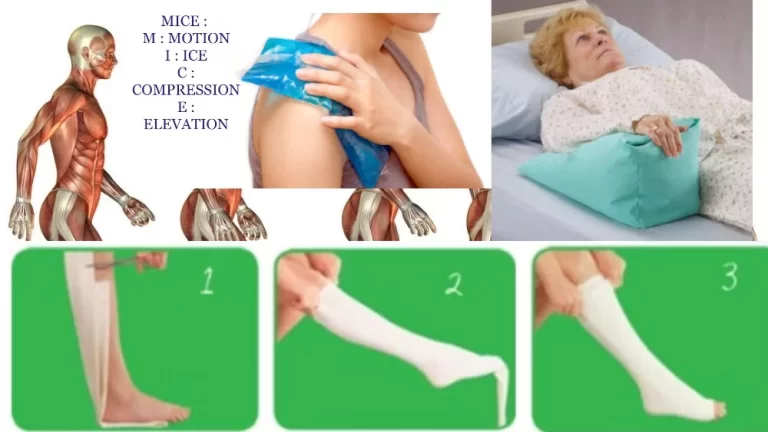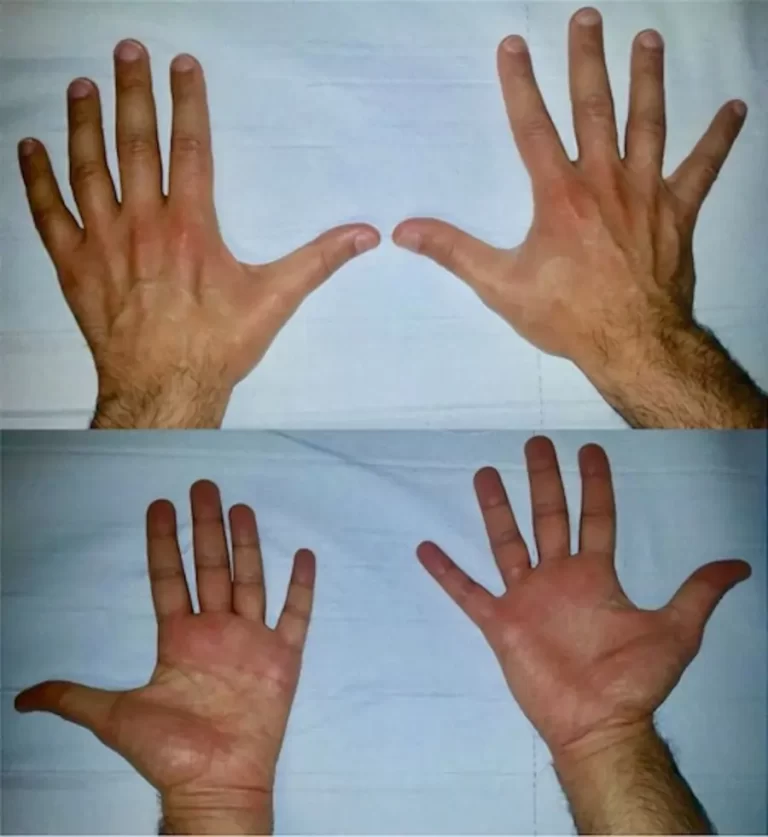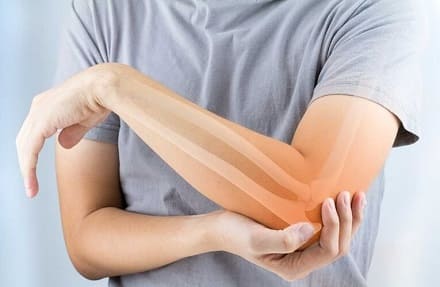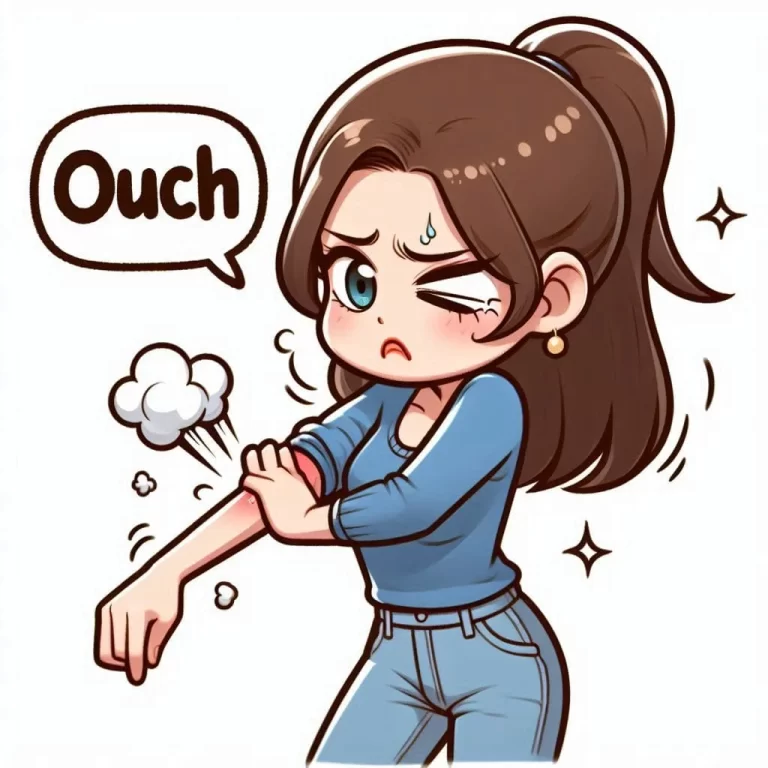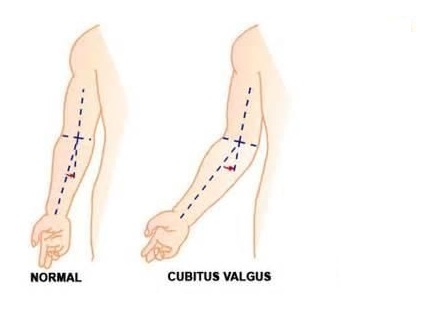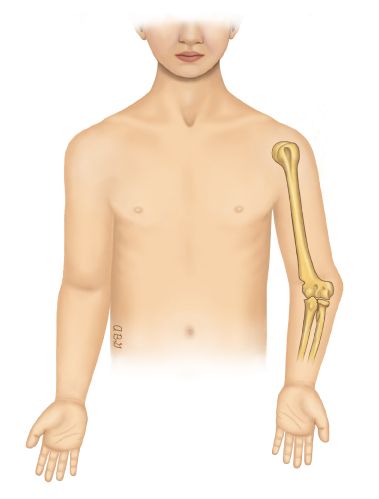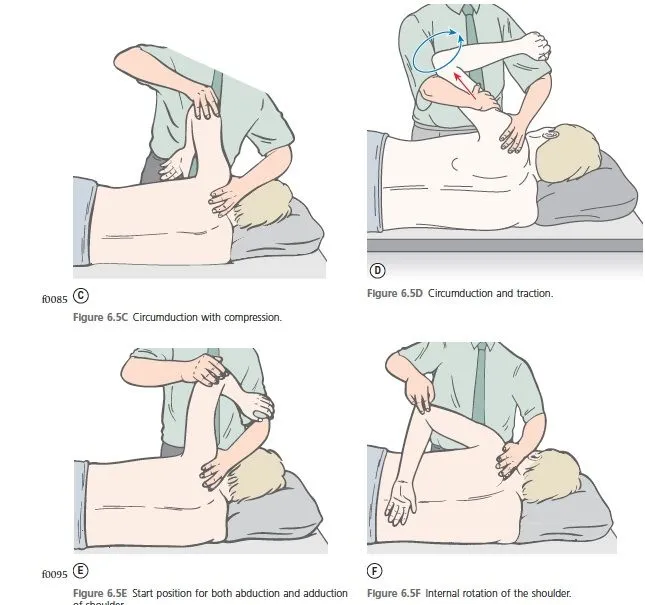MICE Principles For Sports Injury: Alternatives of RICE
MICE Principle Introduction Meaning of MICE How to Use MICE Principle? M – MOTION So between rest and normal motion use the M of MICE. I – ICE : So ice is important for reduce pain and swelling. C – COMPRESSION : So compression is important for reduce bleeding, swelling. E -ELEVATION So elevation is…

